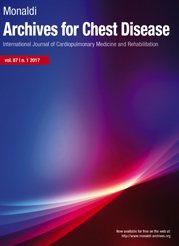Inhalation beyond respiratory: the surprising applications of dry powder inhalers
All claims expressed in this article are solely those of the authors and do not necessarily represent those of their affiliated organizations, or those of the publisher, the editors and the reviewers. Any product that may be evaluated in this article or claim that may be made by its manufacturer is not guaranteed or endorsed by the publisher.
Authors
Dry powder inhalers (DPIs) are the newer devices whereby medicine is dispensed as a fine powder inhaled deeply into the lungs, which is more simplified and stable compared to the pressurized metered dose inhalers. DPIs were developed primarily for respiratory disorders such as asthma and chronic obstructive pulmonary disease but are being investigated for other uses. This review explicates the features of DPIs and how they are made, looking at their effectiveness in respiratory therapy, noting features such as usability, stability of the drugs, and flexibility. It also discusses the potential of systemic drug delivery using other routes, such as insulin for diabetes, calcitonin for osteoporosis, antibacterial agents, vaccines, dermal treatments, and ocular treatments, considering issues like stability and patients’ compliance. Issues related to jet milling, spray drying, and supercritical fluid technology are also covered with regard to improving DPI performance. Hindrances, including formulation stability and regulatory issues, have been discussed as a way of demonstrating how innovation is needed to go beyond respiratory therapy.
How to Cite

This work is licensed under a Creative Commons Attribution-NonCommercial 4.0 International License.






